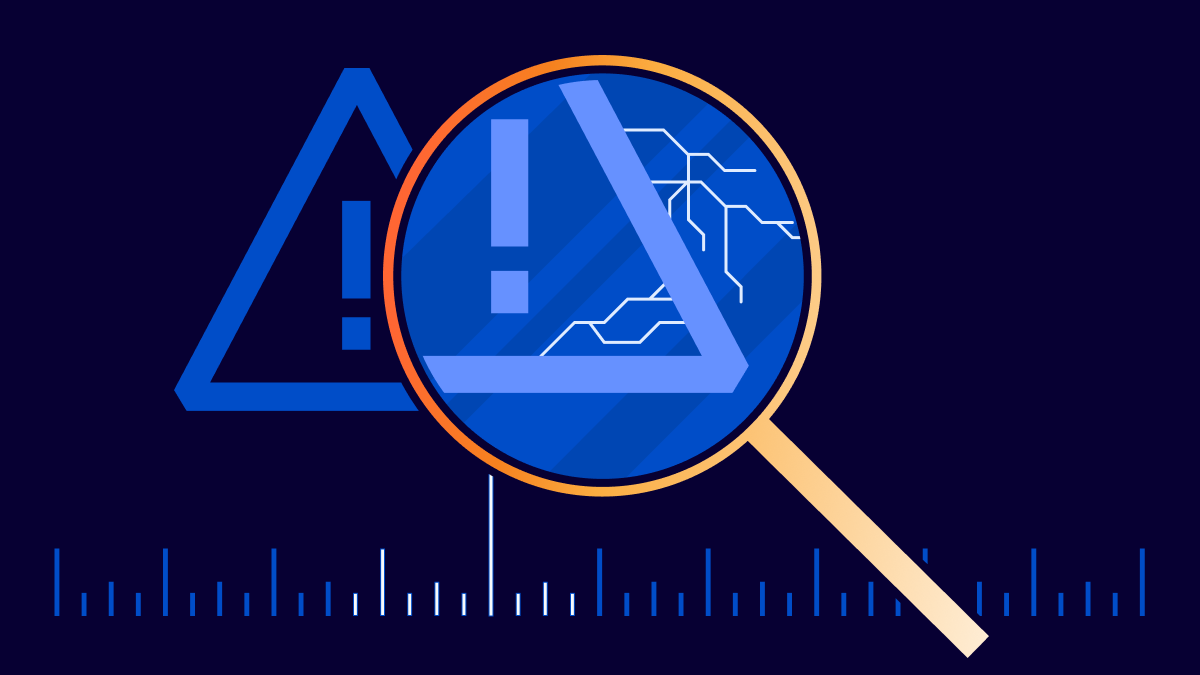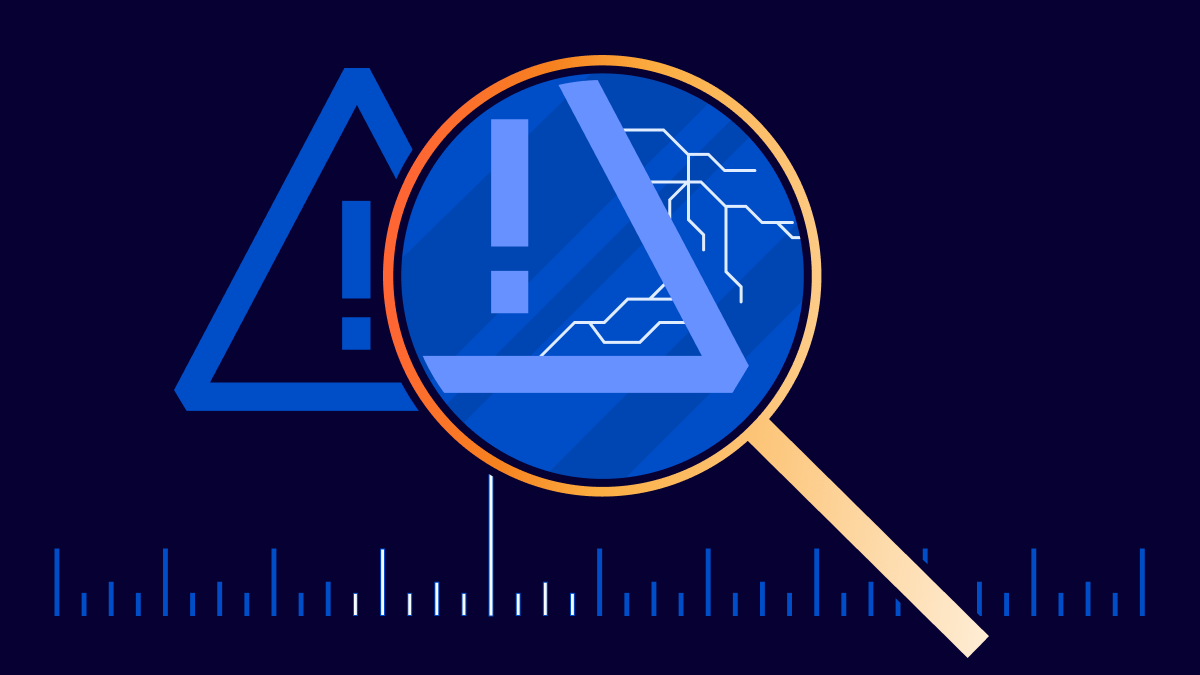Python – Using the IP Address Module to Calculate IPs
I’m currently preparing for a network rollout and the preparation includes assigning subnets to the sites. There are subnets needed for management, wired users, wireless users, guests, and so on. Once subnets have been assigned, for some of the subnets, DHCP scopes need to be created. The team managing the server has requested that information on the subnets, gateway, and what IP the scope begins and ends with be provided as a CSV file. This will allow for easily importing the scopes into the server.
For my scenario, I have the information in a spreadsheet and I’m accessing the information using the openpyxl project. I am then using the ipaddress library to take the prefix from the spreadsheet and performing various calculations. Why use Python for this?
- Writing CSV is time consuming for humans.
- Although I’m quite good at performing calculations, I’m not better than a computer.
- Using code means consistent output that is less error prone.
The goal is to create a line of CSV that looks like this:
VLAN 100 User,192.0.2.64,255.255.255.192,192.0.2.65,192.0.2.75,192.0.2.126,US0100 NY,example.com,
This line consists of:
- Subnet name.
- Network.
- Network mask.
- Gateway.
- Continue reading
Tech Bytes: Spotting Performance Problems Faster With Digital Experience Monitoring (Sponsored)
Today on the Tech Bytes podcast we get into Digital Experience Monitoring (DEM). DEM goes beyond traditional SLAs by offering more precise measurements of network and application performance as experienced by end users, and can provide detailed measurements to help network engineers identify and respond to problems. We talk with sponsor Fortinet about how it delivers DEM.Tech Bytes: Spotting Performance Problems Faster With Digital Experience Monitoring (Sponsored)
Today on the Tech Bytes podcast we get into Digital Experience Monitoring (DEM). DEM goes beyond traditional SLAs by offering more precise measurements of network and application performance as experienced by end users, and can provide detailed measurements to help network engineers identify and respond to problems. We talk with sponsor Fortinet about how it delivers DEM.
The post Tech Bytes: Spotting Performance Problems Faster With Digital Experience Monitoring (Sponsored) appeared first on Packet Pushers.
More Enterprises Opt for Single-Vendor SASE Solutions
A Dell’Oro Group forecast report finds great and growing interest in single-vendor SASE over multi-vendor solutions.Network Break 441: AWS Makes You Pay For IPv4; Superconductor Claims Meet Resistance; An Ultra Ethernet Q&A
Take a Network Break! This week we discuss new charges for IPv4 addresses being levied by AWS, Cisco's acquisition of a BGP monitoring service, and financial results for a host of tech companies. We also speak with J Metz, the Steering Committee Chair of the Ultra Ethernet Consortium to learn more about the organization's goals; and examine the efforts to investigate claims of a breakthrough in superconducting research.Network Break 441: AWS Makes You Pay For IPv4; Superconductor Claims Meet Resistance; An Ultra Ethernet Q&A
Take a Network Break! This week we discuss new charges for IPv4 addresses being levied by AWS, Cisco's acquisition of a BGP monitoring service, and financial results for a host of tech companies. We also speak with J Metz, the Steering Committee Chair of the Ultra Ethernet Consortium to learn more about the organization's goals; and examine the efforts to investigate claims of a breakthrough in superconducting research.
The post Network Break 441: AWS Makes You Pay For IPv4; Superconductor Claims Meet Resistance; An Ultra Ethernet Q&A appeared first on Packet Pushers.
Spousetivities Returns to VMware Explore 2023
After a lengthy hiatus—prompted by a pandemic and the suspension of in-person events as a result—Spousetivities returns to VMware Explore! VMware Explore, the event formerly known as VMworld, is happening in Las Vegas, NV, and Spousetivities will be there offering organized activities for spouses, partners, significant others, family, or friends traveling with conference attendees. Registration is already open!
Thanks to the support of Veeam and Synterex, Crystal has organized a great set of activities happening during VMware Explore:
- Downtown food tour (with or without cocktails): How about a private food tour in Vegas’ newly revitalized area of Fremont East? This area is now home to the city’s most exciting dining scene with local chefs crafting imaginative farm-to-table, seasonal, artisan fare.
- Scenic Route 66 tour: “Get your kicks, On Route 66”! Visit a unique desert winery and two distilleries on historic Route 66. Total tour time is approximately five hours.
- Emerald Cave kayak tour: What could be better than a day of kayaking on the Colorado River? This amazing 5 mile kayaking tour in the spectacular Black Canyon is sure to be an amazing adventure. You should have a chance to see plenty of desert wildlife, and you’ll visit Emerald Continue reading
Paving an intentional road to a sustainable IT future
Sponsored Feature: Meeting organizational sustainability requirements depends on so much more than optimizing electricity consumption and reducing an enterprise’s carbon footprint. …
The post Paving an intentional road to a sustainable IT future first appeared on The Next Platform.
Paving an intentional road to a sustainable IT future was written by Martin Courtney at The Next Platform.
What’s New and Next in Private Automation Hub
Private automation hub is the content system for Red Hat Ansible Automation Platform, hosting and serving up content to the platform in a scalable way with an enhanced security posture. The hosted content ranges from collections to container images, whether it's your own content, certified content from Red Hat or partner content from the extensive partner ecosystem, along with open source content from Ansible Galaxy.
Private automation hub is on its way to being the content management system for the Ansible Automation Platform and, with the most recent release, it has made some great steps to cementing itself as the de facto content system choice for Ansible Automation Platform.
Enhancing Software Supply Chain Security
Content can be pretty harmful if you cannot trust the source. Much like surfing the internet, we have become accustomed to knowing that if there is a “padlock” in the browser bar then we can consider the site safe. We also know that if we take content from the community, we do so at our own risk, but when you pay for a subscription that offers Red Hat Ansible Certified Content, you expect it to be safe. To drive this manner of safety and instill Continue reading
Network Automation: Where Does it Work?
Network automation tools abound. But getting them to work together is hard work.Pixelfed – Part 1 – Installing
About this series
I have seen companies achieve great successes in the space of consumer internet and entertainment industry. I’ve been feeling less enthusiastic about the stronghold that these corporations have over my digital presence. I am the first to admit that using “free” services is convenient, but these companies are sometimes taking away my autonomy and exerting control over society. To each their own of course, but for me it’s time to take back a little bit of responsibility for my online social presence, away from centrally hosted services and to privately operated ones.
After having written a fair bit about my Mastodon [install] and [monitoring], I’ve been using it every day. This morning, my buddy Ramón asked if he could make a second account on ublog.tech for his Campervan Adventures, and notably to post pics of where he and his family went.
But if pics is your jam, why not … [Pixelfed]!
Introduction
Similar to how blogging is the act of publishing updates to a website, microblogging is the act of publishing small updates to a stream of updates on your profile. Very similar to the relationship between Facebook and Continue reading
OSPF Convergence In a Hub and Spoke Topology
My dear friend Micheline Murphy posted an excellent question on OSPF in a Hub and Spoke topology at the Cisco Learning Network. The scenario is a Hub and Spoke topology with two Hub routers that are ABRs belonging to area 100 and area 200. SP-101 and SP-102 belong to area 100. SP-201 and SP-202 belong to area 200. The topology is shown below:

The OSPF areas are shown below:


Some facts about the setup and intent of this post:
- All routers are Catalyst8000v running IOS-XE 17.6.3.
- Hub routers are connected to area 0 where the prefix 198.51.100.0/24 is being advertised.
- Each spoke advertises a /28 from 192.0.2.0/24.
- All interfaces are point to point as the purpose is not to simulate a NBMA topology.
- The intent is to verify what happens in a failure scenario but lab first shows the stable topology.
The expectation is that in a stable topology each Spoke will have two ECMP routes, one via each Hub, to the other spokes. The router SP-202 will be used to demonstrate. First let’s verify that everything is working as expected. SP-202 is a router in area 200:
SP-202#show ip ospf 1 Continue reading
Unmasking the top exploited vulnerabilities of 2022


The Cybersecurity and Infrastructure Security Agency (CISA) just released a report highlighting the most commonly exploited vulnerabilities of 2022. With our role as a reverse proxy to a large portion of the Internet, Cloudflare is in a unique position to observe how the Common Vulnerabilities and Exposures (CVEs) mentioned by CISA are being exploited on the Internet.
We wanted to share a bit of what we’ve learned.
Based on our analysis, two CVEs mentioned in the CISA report are responsible for the vast majority of attack traffic seen in the wild: Log4J and Atlassian Confluence Code Injection. Although CISA/CSA discuss a larger number of vulnerabilities in the same report, our data clearly suggests a major difference in exploit volume between the top two and the rest of the list.
The top CVEs for 2022
Looking at the volume of requests detected by WAF Managed Rules that were created for the specific CVEs listed in the CISA report, we rank the vulnerabilities in order of prevalence: